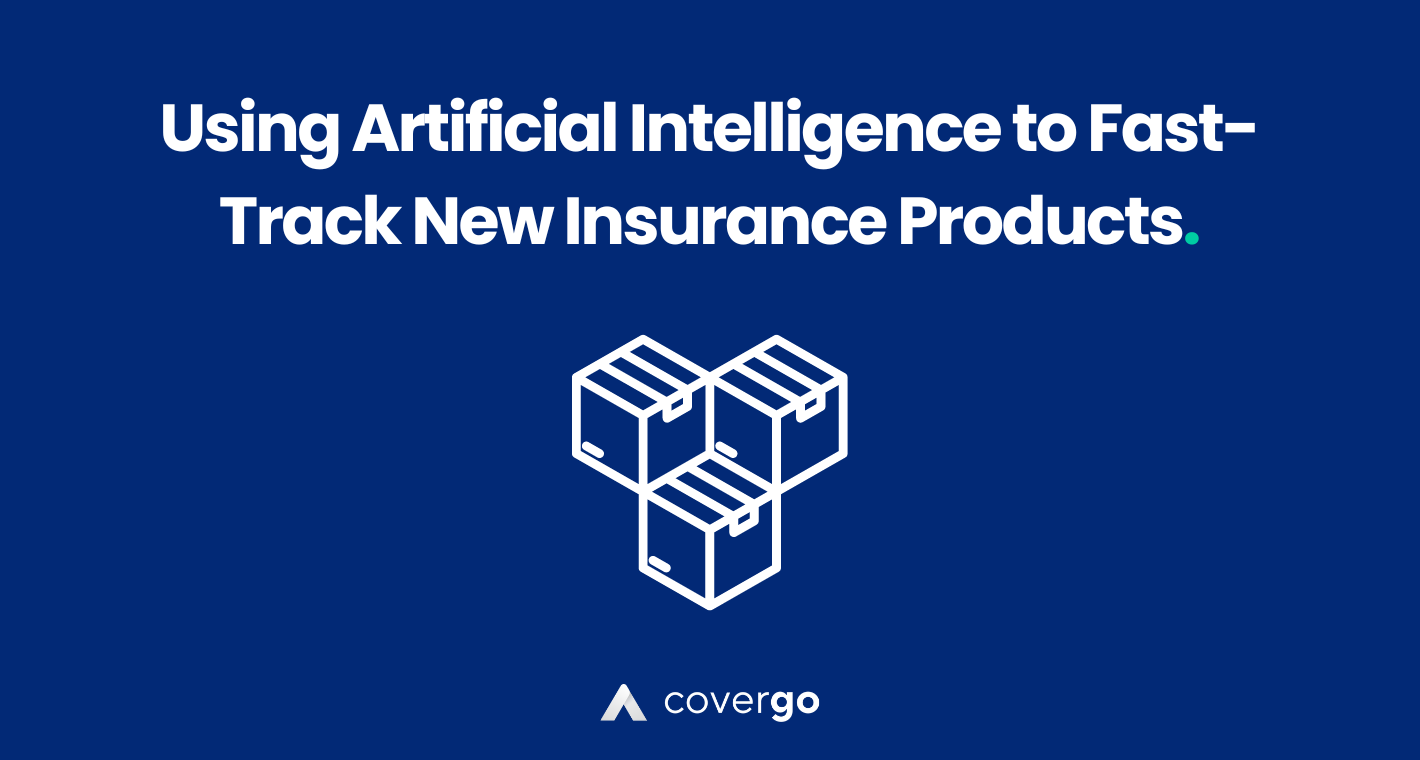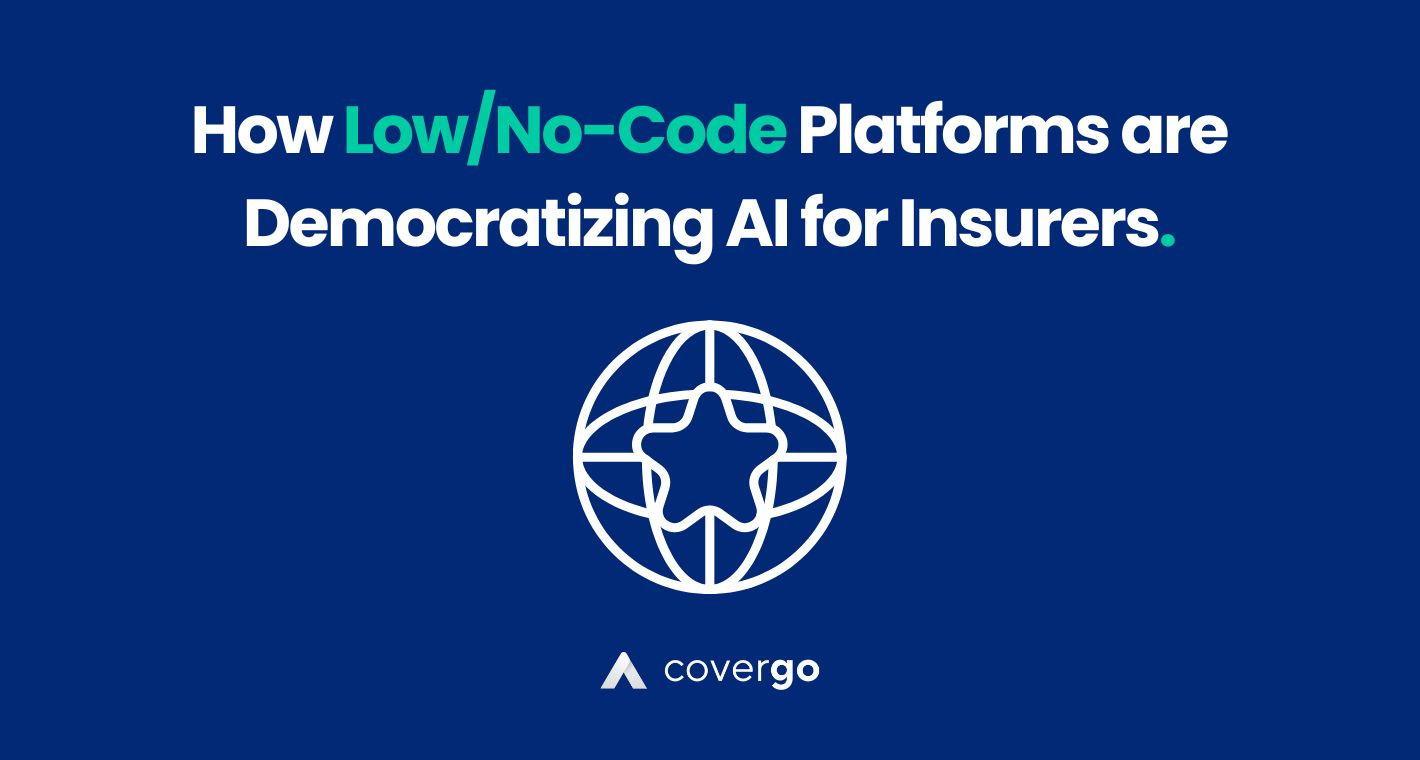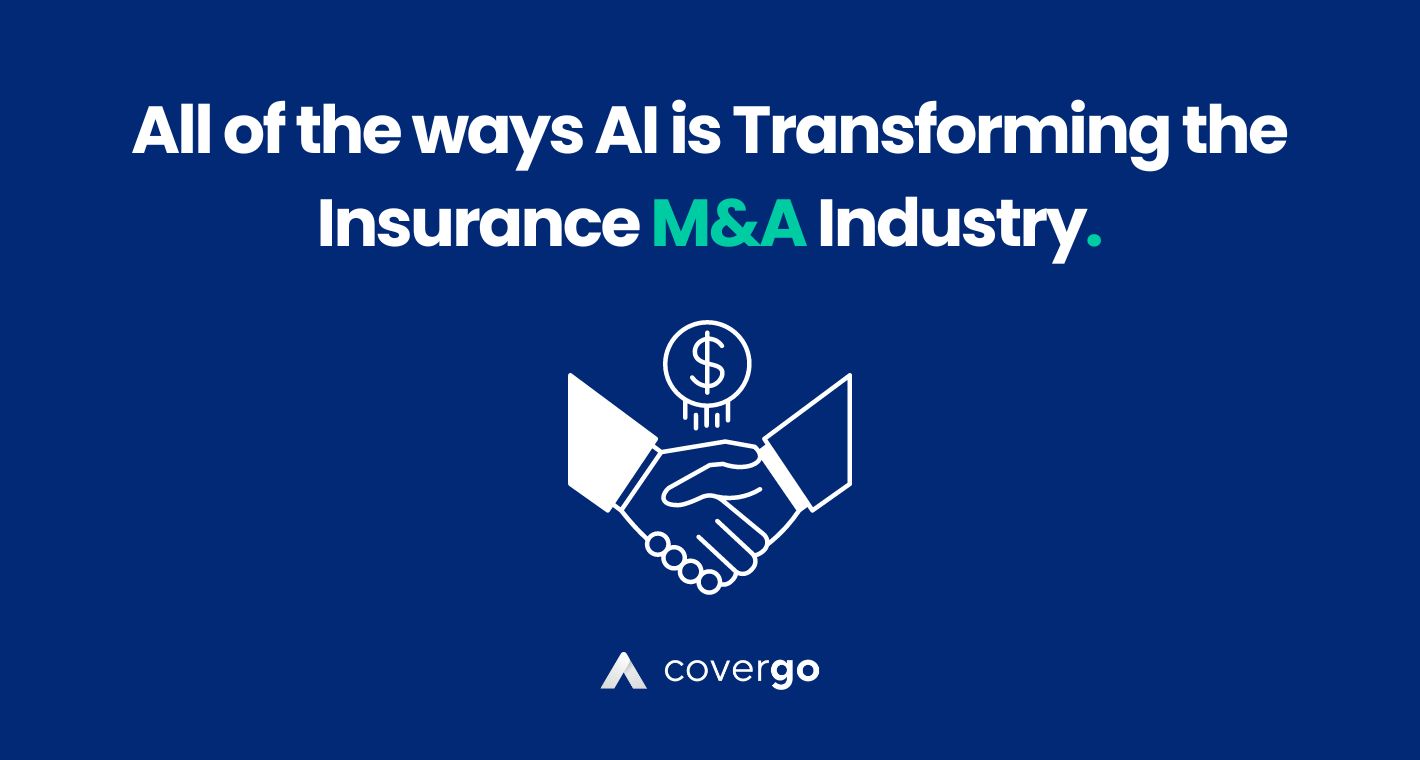Key takeaways:
- AI and machine learning are enabling insurers to develop new products faster by leveraging IoT, predictive analytics, and automation.
- Data-driven insights from IoT sensors and customer behavior can help insurers craft hyper-personalized products.
- AI streamlines underwriting, pricing, and contract analysis to bring products to market more efficiently.
- While speeding innovation, insurers must also address risks around data privacy, bias, and overreliance on algorithms.
In today’s rapidly changing insurance industry, traditional product development methods are struggling to keep pace with rising customer needs and expectations. It takes insurers months or even years to bring innovative products to market – a lengthy process that leaves an opening for agile competitors. To future-proof the business, insurers must find ways to speed up every stage of the product lifecycle from ideas to operations.
This is where artificial intelligence (AI) shows great promise. By leveraging machine learning (ML), predictive modeling (PM), and natural language processing (NLP), AI has emerged as the best way for insurers to streamline processes, better understand clients, and launch tailor-made products a lot faster.
How can AI speed up product development?
By properly using advanced AI technologies, insurance companies can significantly accelerate the entire product lifecycle. Some key areas where AI does the beast include:
Usage-Based Insurance
Usage-Based Insurance (UBI) refers to insurance policies where premiums are based on usage rather than fixed rates. With UBI, factors like miles driven, time of day, and driver behavior are tracked and used to determine pricing.
This is where AI technologies fit in perfectly. AI gathers and evaluates all of the data on a multitude of UBI-related factors with the use of telematics devices. Equipped with all that information, insurers then can tailor personalized insurance plans for each specific customer. For example, UBI programs powered by artificial intelligence might offer discounts for drivers who stay below a certain monthly mileage threshold, indicating less overall usage of the vehicle.
IoT and Tech-generated data
Home sensors, cars, and wearable tech produce a huge amount of behavioral data. When analyzed with AI and ML, these new non-traditional information sources provide extensive customer insights to develop hyper-targeted products.
For example, by understanding usage patterns from smart home devices, insurers can offer pay-as-you-live home insurance policies made for individual lifestyles and risk profiles.
Predictive Analytics
AI-powered predictive models scan existing policies and claims patterns to anticipate future risks, outcomes, and behavior. This enables a highly precise data-driven product design as well as customer profiling.
Faster Pricing
AI speeds up underwriting by automatically analyzing information from different documents to assess risks. Traditional “rules-based” underwriting can take days but trained AI models can generate underwriting results within hours or minutes at a fraction of the cost.
Contract analysis and drafting
By going through thousands of policies, terms, and conditions with NLP, AI can streamline contract development and management. This allows insurers to generate contracts faster based on ever-changing regulations and customer needs.
Potential Risks and Challenges
While speed and efficiency are clear upsides of using AI for product development, insurers must address risks that arise from greater reliance on AI and alternative data sources:
1. Data privacy and security
Insurers handling more personal information have more responsibilities for safeguarding sensitive customer information and following privacy laws.
2. Model risk and interpretation
Complicated AI techniques are difficult for regular staff to interpret, audit, and challenge. Insurers must maintain oversight and allocate more resources to their AI governance strategies.
3. Skill redundancy
While boosting productivity, over-time widespread automation may reduce the need for some roles like underwriters. Insurers must reskill and upskill human employees to higher-value work.
4. Overdependence on algorithms
Without human judgments, complete reliance on AI predictions can have unintended negative effects if models become outdated or inputs change over time. Oversight remains crucial.
Conclusion
In the insurance landscape, AI is accelerating product development by leveraging alternative data sources, automating workflows, and upgrading human problem-solving.
When developed and applied correctly under strong governance, AI has all of the potential to help insurers bring personalized, cost-effective solutions much faster while addressing risks and sensitivities.
Speed up your product development today, with CoverGo’s brand new AI distribution platform. Book a demo now!
FAQs
AI can significantly speed up insurance product development by streamlining processes, enabling predictive analytics, and generating tailored products faster.
Machine learning allows insurers to leverage telematics and IoT data in Usage-Based Insurance to develop personalized premiums based on individual usage patterns and risk profiles.
While AI boosts efficiency, insurers must address potential risks like data privacy, model interpretability, skills redundancy, and overreliance on algorithms with sufficient human oversight.
Recent posts
- How Low/No-Code Platforms are Democratizing AI for Insurers
- All of the ways AI is Transforming the Insurance M&A Industry.
- 10 Crucial Mistakes to Avoid When Filing an Insurance Claim
- 5 Important Tips That Will Make Filing Claims For Specialized Policies a Breeze
- Artificial Intelligence as The New Defender Against Insurance Fraud



